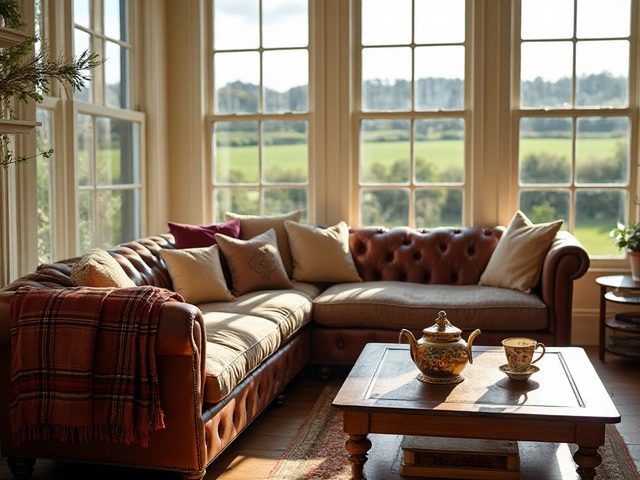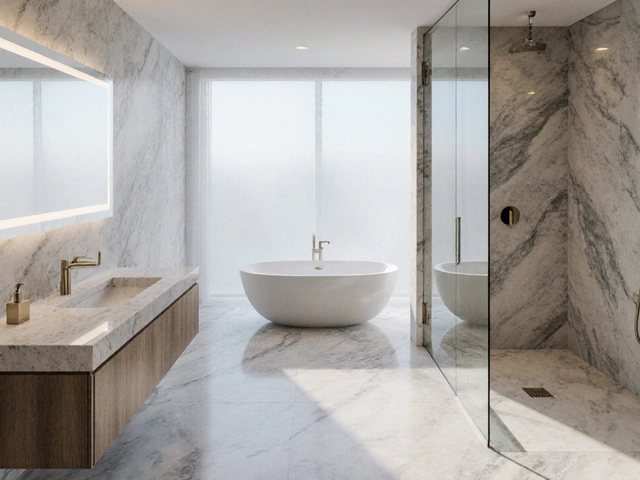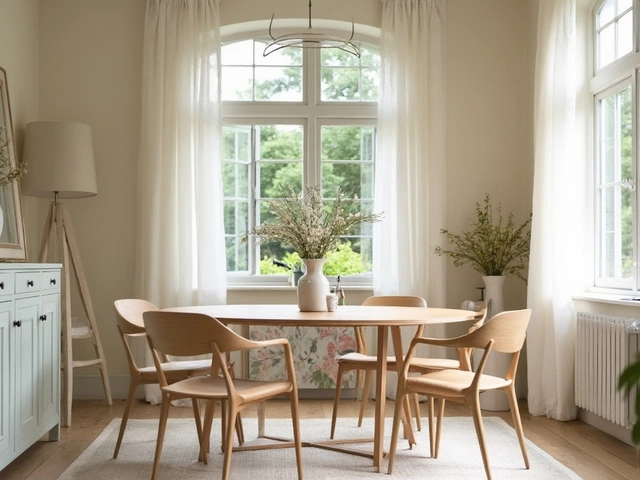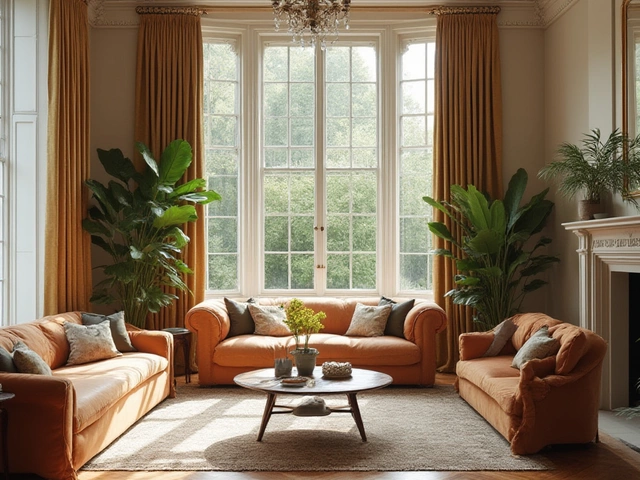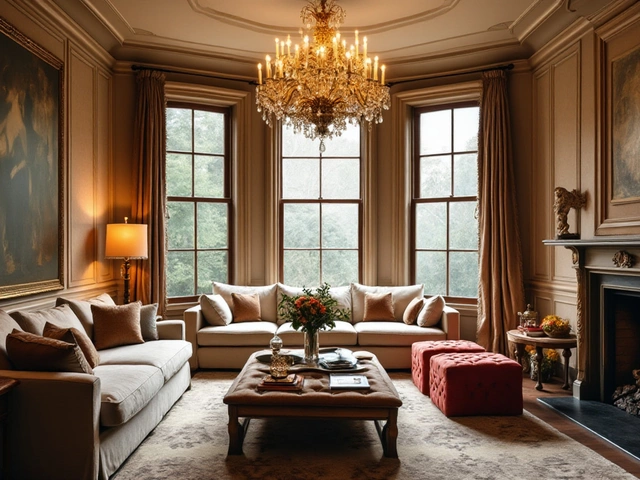Education: Your Go‑To Guide for Home Design and DIY Tips
Welcome to the learning hub of Home Stories Design & Interiors. Here you’ll find plain‑spoken tutorials that show exactly how to upgrade a room, fix a problem, or pick the right colour. No jargon, just step‑by‑step advice you can start using right now.
Why Learning Home Design Matters
Most people think design is only for professionals, but the truth is you can pick up solid skills in a few hours. Knowing the basics of layout, lighting, and material choice saves money and prevents costly mistakes. When you understand why a light fixture works in one space and not another, you make faster decisions and enjoy the process.
Design knowledge also boosts confidence. Whether you’re hanging curtains, swapping a couch cushion, or planning a whole room makeover, a little education turns a vague idea into a clear plan. The result is a home that feels personal and functional, without the stress of guessing.
Practical Ways to Learn and Apply Design Skills
Start with one small project. Pick a room that needs a quick lift—like a living‑room wall. Choose a colour palette, add a simple wall art piece, and swap a throw pillow. This gives you hands‑on practice with colour matching and balance.
Use video tutorials focused on Australian homes. Watching a local expert explains product availability, pricing, and climate‑specific tips you won’t find in generic videos. Pause, replay, and try each step as you watch.
Read short guides that break a task into clear steps. For example, a guide on “How to Replace Couch Cushion Foam” will list the tools you need, the foam density options, and the exact cutting method. Follow the checklist, and you’ll finish the job without a surprise.
Join online forums or social media groups where homeowners share before‑and‑after photos. When you see real examples, you can spot patterns—like how mixing light and dark dining furniture creates depth. Ask questions, and community members often point out cheap alternatives that work just as well.
Finally, keep a simple notebook. Jot down measurements, paint codes, and the feel of each material you test. When you start another project, you’ll have a ready reference and won’t repeat trial‑and‑error steps.
By treating every project as a learning opportunity, you turn your home into a live portfolio of skills. The more you practice, the easier it becomes to tackle bigger tasks like a kitchen layout redesign or a full bathroom upgrade.
Remember, design education isn’t about becoming a master overnight. It’s about picking up actionable tips, applying them, and seeing the difference in your space. Use the resources on this page, start small, and watch your confidence grow with each finished room.
Ready to start? Pick a tag from the list above—whether it’s “Modern Decor Explained” or “Curtain Hanging Height Guide”—and dive into a tutorial that matches your current need. You’ll find the right balance of theory and hands‑on advice, all written in plain English for everyday people.


